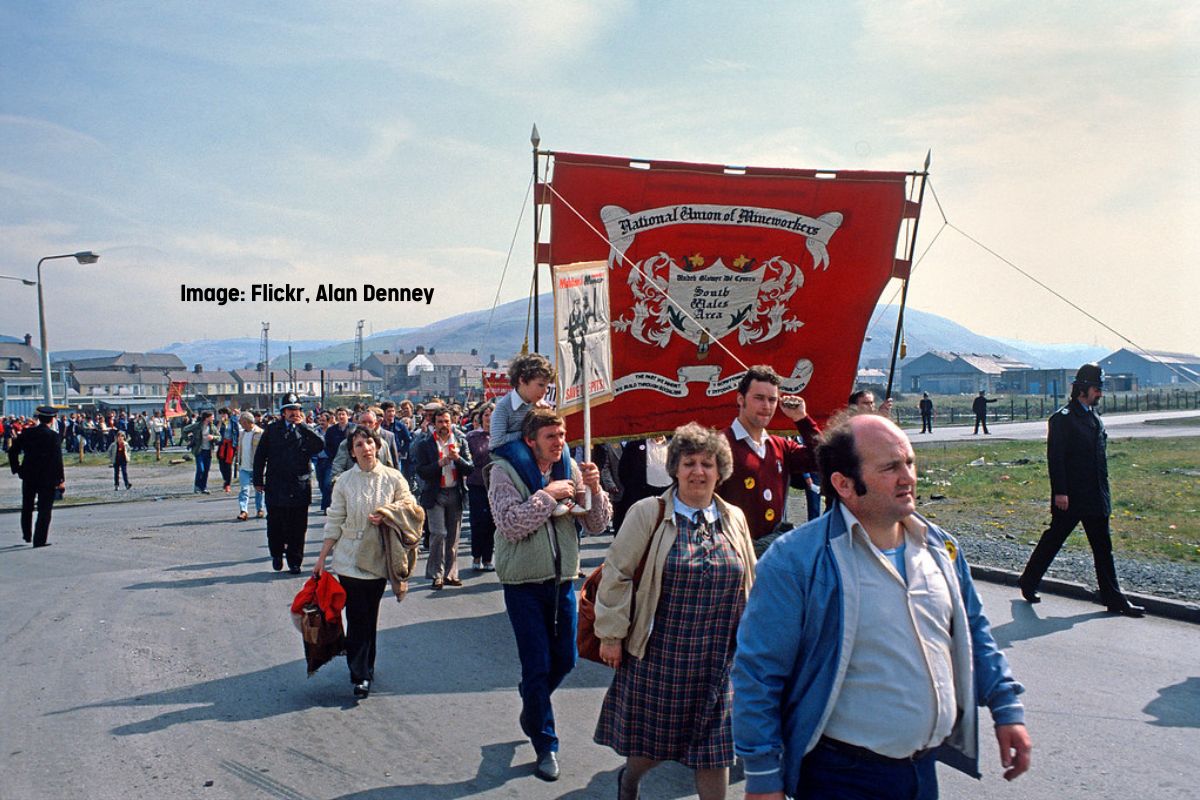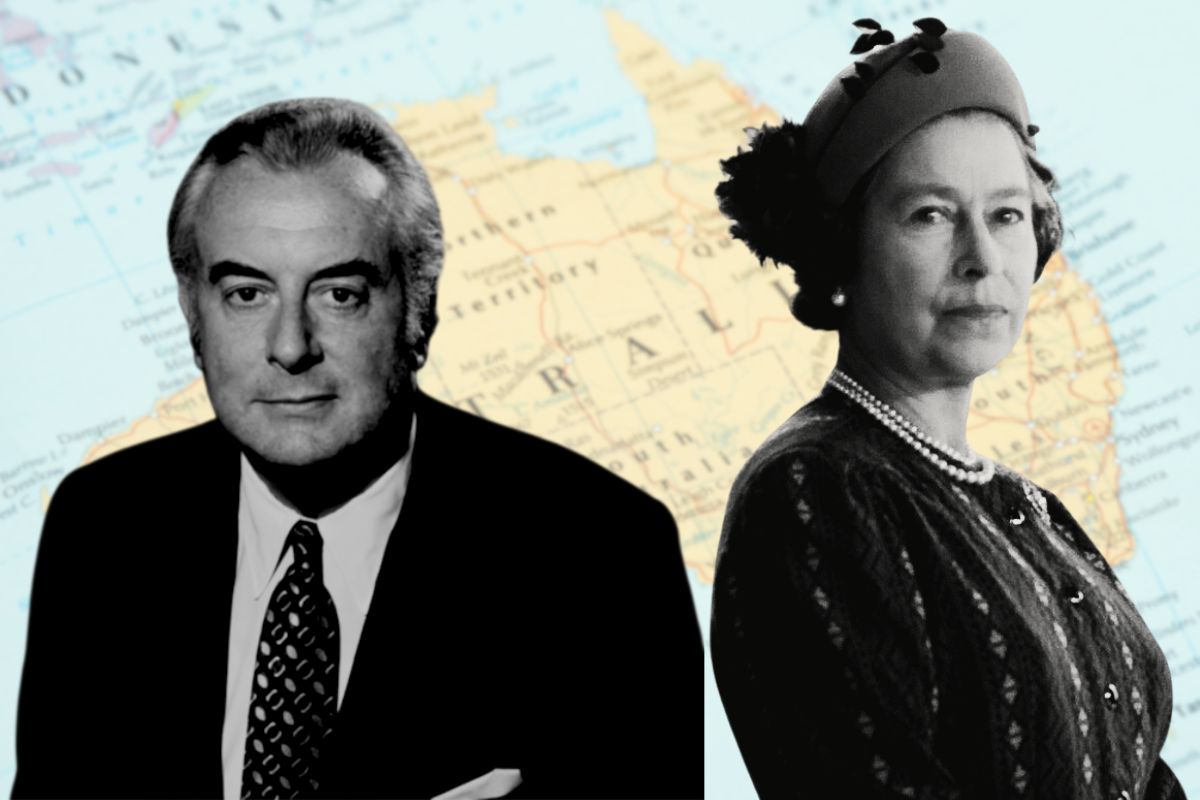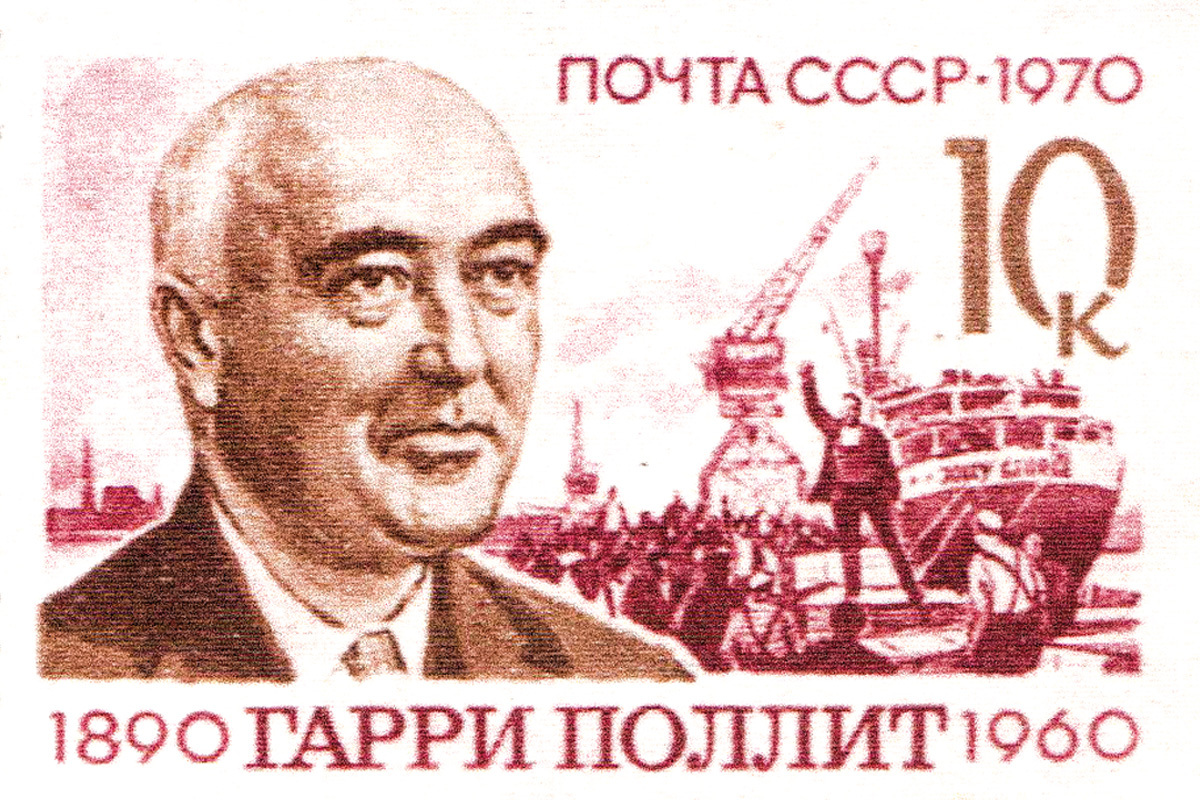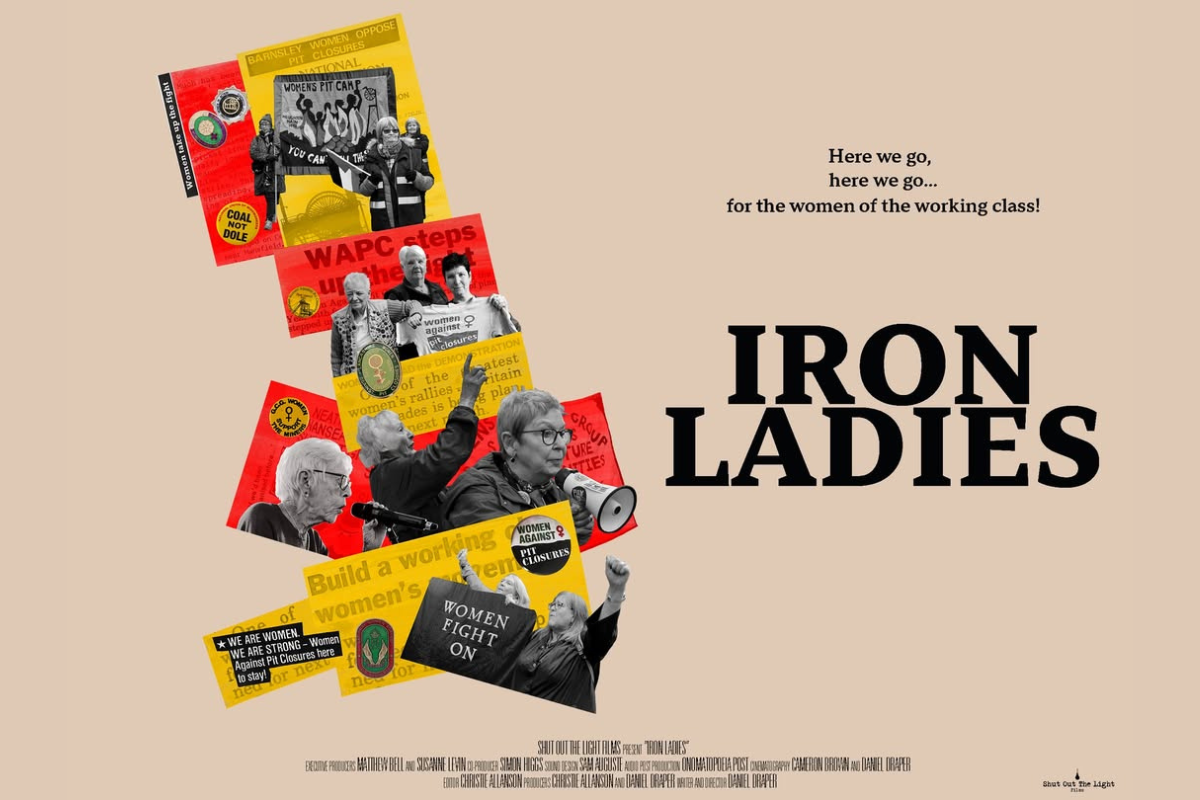On the 40th anniversary of the 1984-85 miners’ strike, The Communist speaks to two former miners – Chris Herriot of Monktonhall colliery in Scotland, and Ian Isaac, NUM Lodge Secretary of St. Johns colliery in Maesteg, and author of “When We Were Miners” – about their experiences during those stormy events, and the lessons for class fighters today.
On 6 March 1984, one of the biggest class battles of the postwar period began in earnest: the Great Miners’ Strike.
Several of Britain’s mining regions had seen action in the run-up to this. But this date was when National Union of Mineworkers (NUM) members at Cortonwood colliery walked out on strike. This triggered the Yorkshire area to follow them. And soon a national strike was declared against the Thatcher government’s plan to close the mines.
Fight to the finish
Right from the word go, this strike was a fight to the finish. Exposing the government’s lies, the NUM stated that Thatcher intended to do away with coal mining wholesale. History has since tragically proved the miners right.
“The strike came as no surprise to us”, explained Chris Herriot. “We had [already] been on strike for eight weeks in late 1983 as a result of management provocations.”
“They had stopped wet lines [permits to leave work early due to working in excessive wet conditions],” Chris continued. “They withdrew facility time for union reps. And they were charging us for replacement boots and underground clothing or broken equipment.”
As Ian Isaac points out, the Tory government provoked the NUM on several occasions in the run-up to 1984, in order to test the union’s resolve.
“Our two-week long strikes in 1981 and 1983 [over the proposed closure of Coegnant and Ty Mawr/Lewis Merthyr pits] were dress rehearsals, whereas 1984-85 was the real thing… it was a war between classes, basically.”
In fact, the government had already put a plan in place to confront the NUM by the time of the actual battle.
“Thatcher described [Conservative MP Nicholas] Ridley as ‘the original Selsdon man’, a real free-marketeer. His plan [the 1978 Ridley Plan] was to set targets to increase the coal stockpiles, and for the government to choose the battle to begin in spring. They’d learned from 1972 [when the miners successfully fought the Tories].”
State crackdown
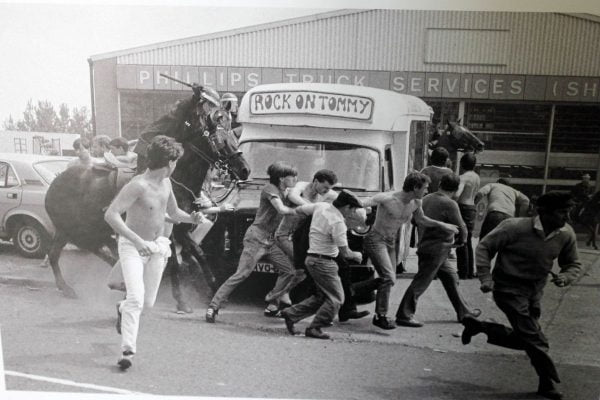
It soon became apparent that the Tories were prepared to use the full might of the state to crush this strike.
“That’s why [Ian] McGregor was brought in”, Ian explained to us, mentioning the hated chairman of the National Coal Board (NCB) at the time of the strike. “He was brought in…to be totally recalcitrant.”
“It was a very tough time, obviously”, noted Ian with a smile. “I was sacked three times!”
This mirrored Chris’ experience up in Scotland:
“Initially, the police operated with a relatively light touch. However, Thatcher increasingly made calls for a crackdown on miners, and the press and the media joined in, baying about ‘mob rule’ and other such nonsense.
“The crackdown was incredible…The courts colluded with the police. One Scottish judge publicly declared miners to be criminals who would face the full force of the law. No bias there then!”
Solidarity and action
“There is no getting away from the hardship of a year-long strike,” Chris noted. “Families broke up. People struggled.”
The solidarity of ordinary working people was a huge factor in keeping the struggle going, however.
“Our local strike centre set up a stall in the borders town of Galashiels”, explained Chris, “not exactly known as a hotbed of revolutionary socialism”.
“Our Christmas appeal had a tremendous response”, he added. “I expected broken and secondhand toys, but locals went out and bought new [toys] to donate.”
“I seemed to go everywhere fundraising”, recalled Ian, “Plymouth, Portsmouth – all over the place!”
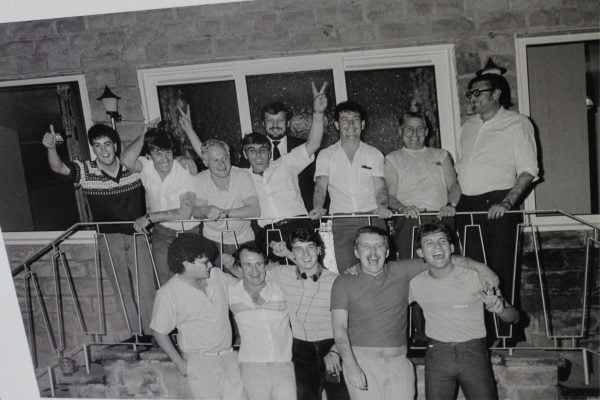
In particular, Ian recalled a particular incident he was involved in. Steelworkers in Port Talbot had tipped their miner comrades off about the approach of a Spanish coal vessel into the harbour of the steel plant. In order to stop this ship from docking, the miners occupied the three cranes that were set to unload it.
“I remember the cranes at Port Talbot, which the lads occupied,” he said with a laugh. “We had a hundred men up them, with me on the ground talking to the police. That gave the Chief Constable of the British Transport Police (also called Ian MacGregor, funnily enough) a hell of a surprise!”
“In the end the steelmen [from Port Talbot] contributed. Each man agreed to give up to £5 a week to the NUM from their pay. At the end of the day, we were the same. They were working men, just like us.”
The struggle continues
As is known, the miners eventually went down to defeat, going back to work without an agreement from the employers.
Scandalously, they were left isolated by the TUC officialdom and the Labour Party tops, who only offered words, instead of organising and calling for unified action.
The recent strike wave of 2022-23 showed that, across the country, the working class has begun to shake off past defeats.
Reflecting on today’s movements, Ian was positive. “There’s more confidence in the working class [today]; more tenacity. The tenacity is admirable, actually.”
“Some of these pickets are very colourful now. They’ve presented an upbeat profile in their events…but like in the old days, if the employers want a ruck they can have one!”
But there are still lessons to be learned from the miners’ struggle.
Chris noted the need to be wary of placing too much trust in the reformist leaders of the labour movement.
“We relied too much on the ‘official channels’…people like Norman Willis of the TUC and Neil Kinnock of the Labour Party. In reality, they were terrified of what our struggle represented.”
Crucially, Chris also pointed to the need to bring the movement together at a rank-and-file level, and the vital importance of militant leadership:
“The strike could have been won if the natural inclination towards solidarity that most workers have had been tapped into. A Marxist leadership would have made a huge difference.”
Ian Isaac’s recollections of the Great Miners’ Strike, ‘When We Were Miners’, has been republished to mark the 40th anniversary of these events. It can be purchased for £12.99 (plus postage). Please email ian.isaac@yahoo.co.uk for details on how to order.

